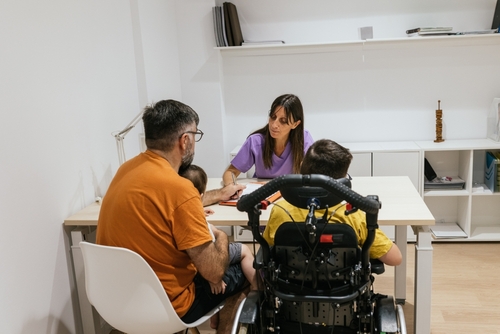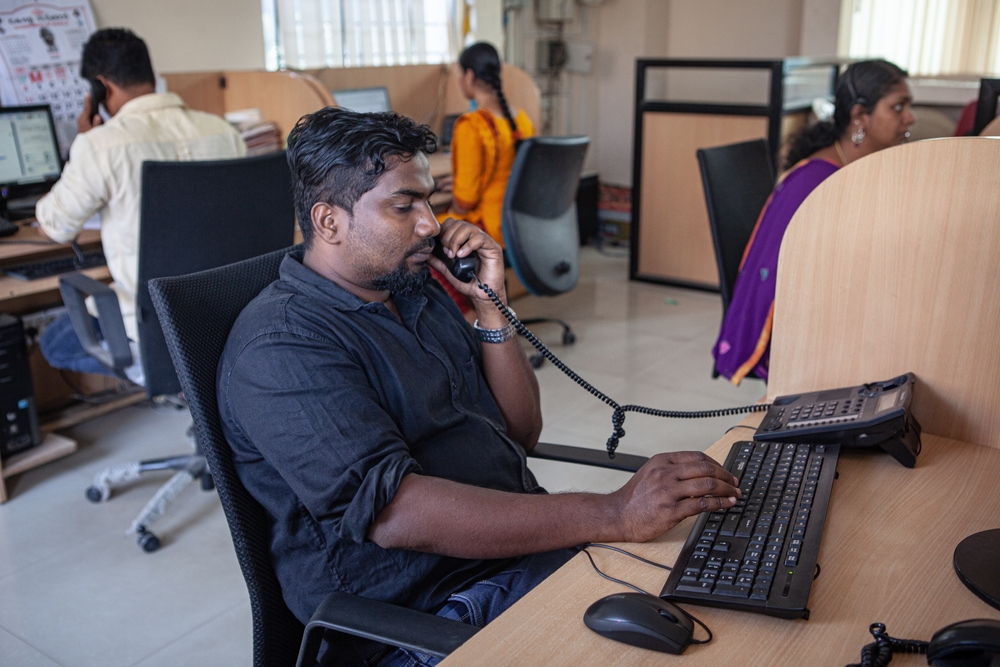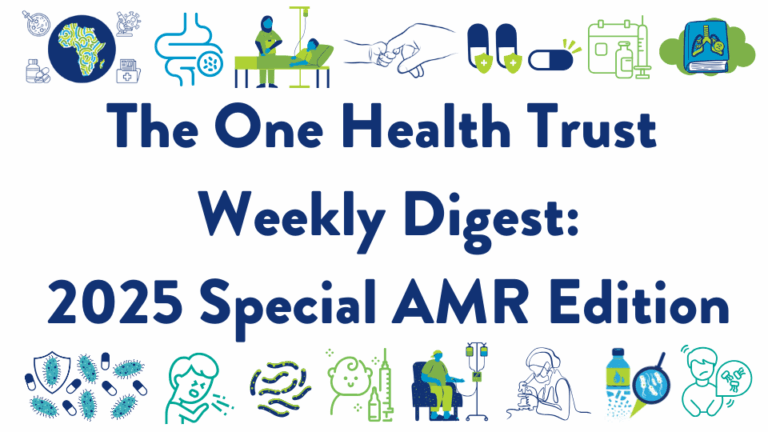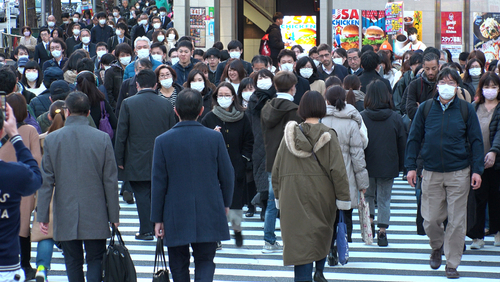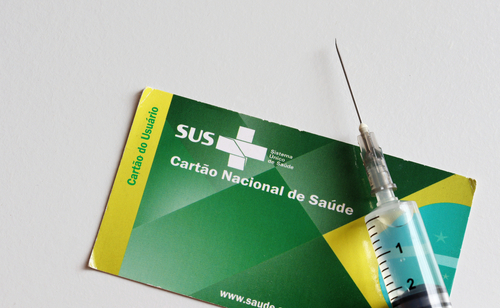July 05, 2022

Large-scale and high-quality randomized controlled trials (RCTs) are needed for treatment of community-acquired pneumonia (CAP) hospitalized patients.
A network meta-analysis was conducted to compare the efficacy and safety of fluoroquinolone (FQ) monotherapy, β-lactam (BL) monotherapy, and β-lactam/macrolide (BL-M) combination therapy in hospitalized patients with CAP using data from randomized controlled trials (RCTs) published by July 2021. The outcomes of interest included all-cause mortality, clinical success, microbiological success, and drug-related adverse events. Analysis of 12 RCTs involving 5,009 patients, showed no significant difference among the therapies studied. However, FQ monotherapy was associated with fewer adverse events compared with BL-M therapy (RR 0.80). [Journal of Global Antimicrobial Resistance]
Oral COVID-19 antiviral drug dispensing in the United States is inequitable.
To study the equity in distribution of Lagevrio and Paxlovid (drugs effective at preventing hospitalization and death in patients with mild to moderate COVID-19), researchers ranked zip codes according to the Equitable Distribution Index scale, a proxy for social vulnerability which classifies zip codes as having low, medium, or high social vulnerability. Of 1,076,762 prescriptions dispensed during the study period of December 23, 2021 to May 21, 2022, 70.3% of prescriptions were dispensed from March 7 to May 21, 2022, due to strategies implemented to increase access to antivirals. During that period, the rates of antivirals dispensed increased from 3.3 to 77.4 per 100,000 and from 4.5 to 70.0 in low- and medium-vulnerability zip codes, respectively. High-vulnerability zip codes had the lowest dispensing rates, with an increase from 7.8 to 35.7 per 100,000, despite having the largest number of antiviral dispensing sites. [CDC Morbidity and Mortality]
COVID-19 deepened and highlighted inequality throughout the world.
Researchers illustrated a series of hard-hitting facts and figures to show how inequality has augmented worldwide since the onset of the pandemic. By the end of 2022, at least 75 million more people than expected will have been pushed into poverty, living on less than USD 1.90 a day. While people at all income levels lost money, the highest earners regained more than half their losses between 2020 and 2021, but the lowest earners have not recouped their losses compared with expected increases in earnings. The COVID-19 death rate among indigenous people in the United States is about 108% higher than that for white people and about 180% higher than people of Asian descent. Across 13 low- and middle-income countries, 45% of women say that they or a woman they know has experienced violence (physical, verbal, sexual, or deprivation of basic needs) during the pandemic. [Nature]
A genome-wide atlas of antibiotic susceptibility determinants revealed mutations that signal future antibiotic resistance.
Researchers executed a comprehensive genetic analysis detailing the Streptococcus pneumoniae’s response to 20 antibiotics to build a genome-wide atlas of drug susceptibility determinants and identify genes of unknown function that could be used as therapeutic targets. The analysis revealed cellular processes that can make a bacterium less susceptible in an antibiotic-specific manner the modulation of which grants fitness benefits under antibiotic selection during active infections. Researchers found downstream processes involving the metabolism and not directly related to the target, can significantly contribute to antibiotic efficacy. [Nature]
Regional hubs for clinical trials and therapeutics and vaccine manufacturing would greatly benefit middle-income countries.
Researchers assessed the number of cases, deaths, and disability-adjusted life years (DALYs) that could be averted from the development and manufacturing of new therapeutic and vaccine technologies in India, Kenya, and South Africa from 2021 to 2036 both on domestic and regional levels, for HIV, tuberculosis, malaria, pneumonia, and diarrhoeal diseases. Product development and manufacturing in Kenya could avert 4.44 million deaths and 206.27 million DALYs in the Common Market for Eastern and Southern Africa (COMESA) region. In South Africa, it could prevent 5.19 million deaths and 253.83 million DALYs in the Southern African Development Community (SADC) region. In India, it could avert 9.76 million deaths and 374.42 million DALYs in south Asia. Regional returns would outweigh investments by a factor of 20.51 in Kenya, 33.27 in South Africa, and 66.56 in India. [The Lancet Global Health]
Strategies are needed to help pharmacy students to be focused and systematic when approaching antimicrobial stewardship (AMS) case data.
Using a case study approach, researchers conducted semi-structured one-on-one interviews with 20 pharmacy students to explore their cognitive processes and determine how they formulate therapeutic decisions when presented with AMS cases. Students varied in both their focus and cognitive strategies used to interpret AMS cases, warranting for clinical reasoning and decision-making to be explicitly taught in pharmacy curricula. [BMC Medical Education]
Scientifical-medical satisfaction may be an effective target in increasing vaccine confidence.
A longitudinal observational survey was administered to 544 individuals from the general Italian population to study the relationship between conspiracy theories regarding COVID-19 (CCB), vaccine confidence (VC), and satisfaction with COVID medicine and science (SMS). A two-wave mediation model was used to determine that CCB negatively affected SMS, and SMS positively affected VC. SMS mediated the negative correlation from CCB to VC. Rather than focusing on combatting conspiracy beliefs to increase vaccine confidence, it may be more effective to target satisfaction with science and medicine. [Journal of Behavioral Medicine]
Comprehensive training and resources are needed for waste management among healthcare workers in Zambia.
The Zambian Health Services Improvement Project, with health care waste management (HCWM) as an important component, was enacted in five Zambian provinces. A cross-sectional study of 50 government hospitals and health facilities in these areas was performed to determine the attitudes of healthcare workers (394) regarding HCWM. Knowledge of HCWM varied by job position rather than by facility, training, or years of experience. Only 37.3% of healthcare workers had HCWM training and poor waste separation was common. While two-thirds of facilities used infectious waste bags to separate infectious waste from general waste, one-third of participants reported a prior needle stick, and less than half of the facilities had a working incinerator for burning waste. [PLOS Global Public Health]
Climate change is driving desertification in Central Asia.
Scientists used air temperature and precipitation data from 1960 to 2020 to classify Central Asia into 11 climate types. Since the late 1980s, desert climate has expanded as much as 100 kilometers in places such as northern Uzbekistan and Kyrgyzstan. In some areas, the annual average temperature was at least 5 °C higher between 1990 and 2020 than it was between 1960 and 1979. With summers becoming drier and rainfall occurring mostly during winter, extended periods of drought have reduced land productivity. In mountain regions such as the Tian Shan range of China, rising temperatures have led to an increase in precipitation that falls as rain instead of snow, contributing to melting ice at high elevations, possibly explaining unprecedented shrinking rates of glaciers in this range. [Scientific American]
Extensive monitoring of chronic SARS-CoV-2 infections is needed to better understand variant of concern (VOC) emergence.
To investigate if SARS-CoV-2 VOCs emerged from chronic infections, researchers consolidated sequencing results from 27 chronic infections. Viral rebound was significantly correlated with the viruses’ ability to “escape” antibodies (antibody evasion). Evidence of dynamic polymorphic viral populations found in most patients likely indicates that compromised immune systems select for viruses with the ability to avoid antibodies in particular niches in patients’ bodies. While the researchers found that there was a trade-off between antibody evasion and transmissibility in chronically infected patients, they imply that variants may arise that both effectively evade antibodies and are also highly transmissible, like the Omicron variant. [Nature Medicine]

